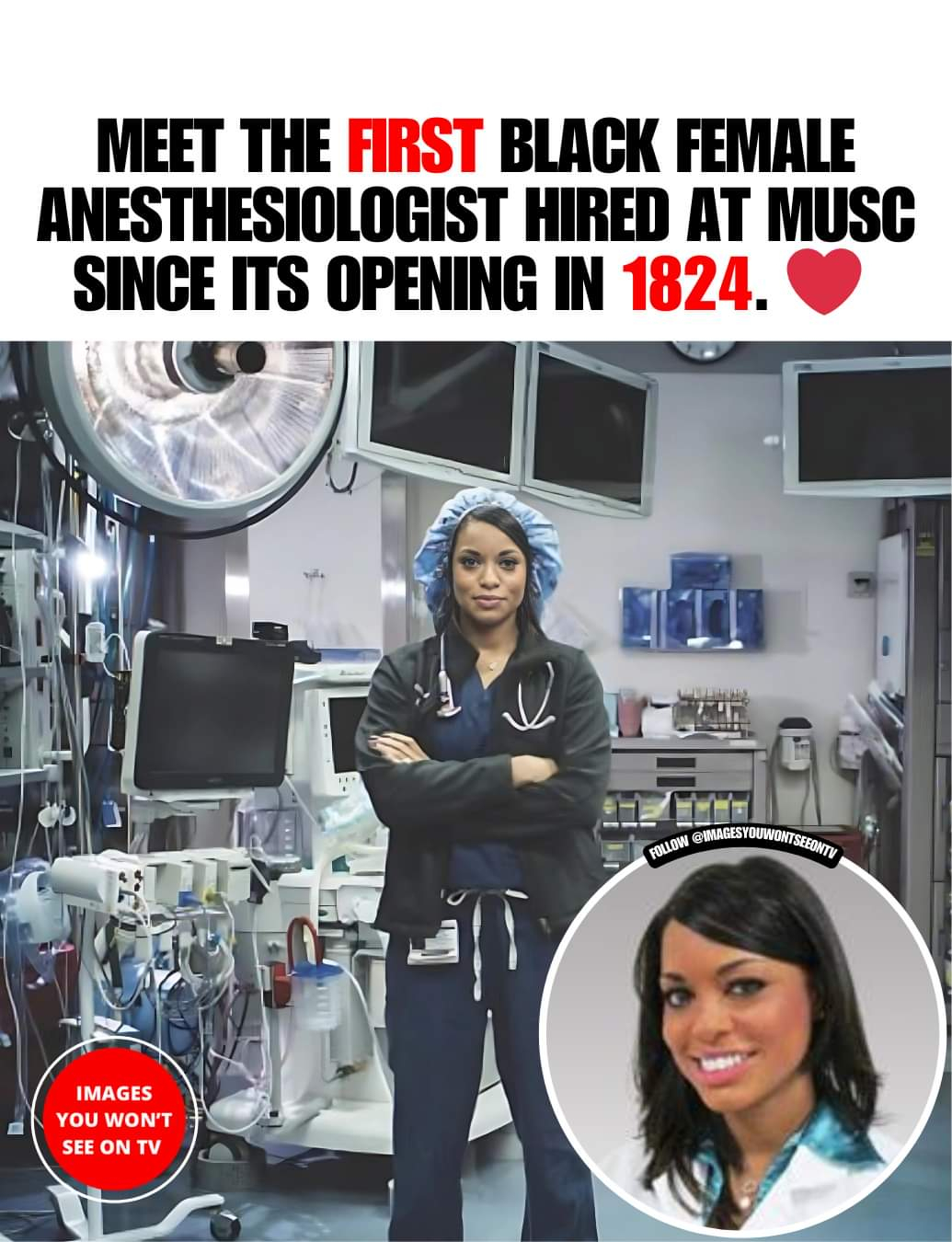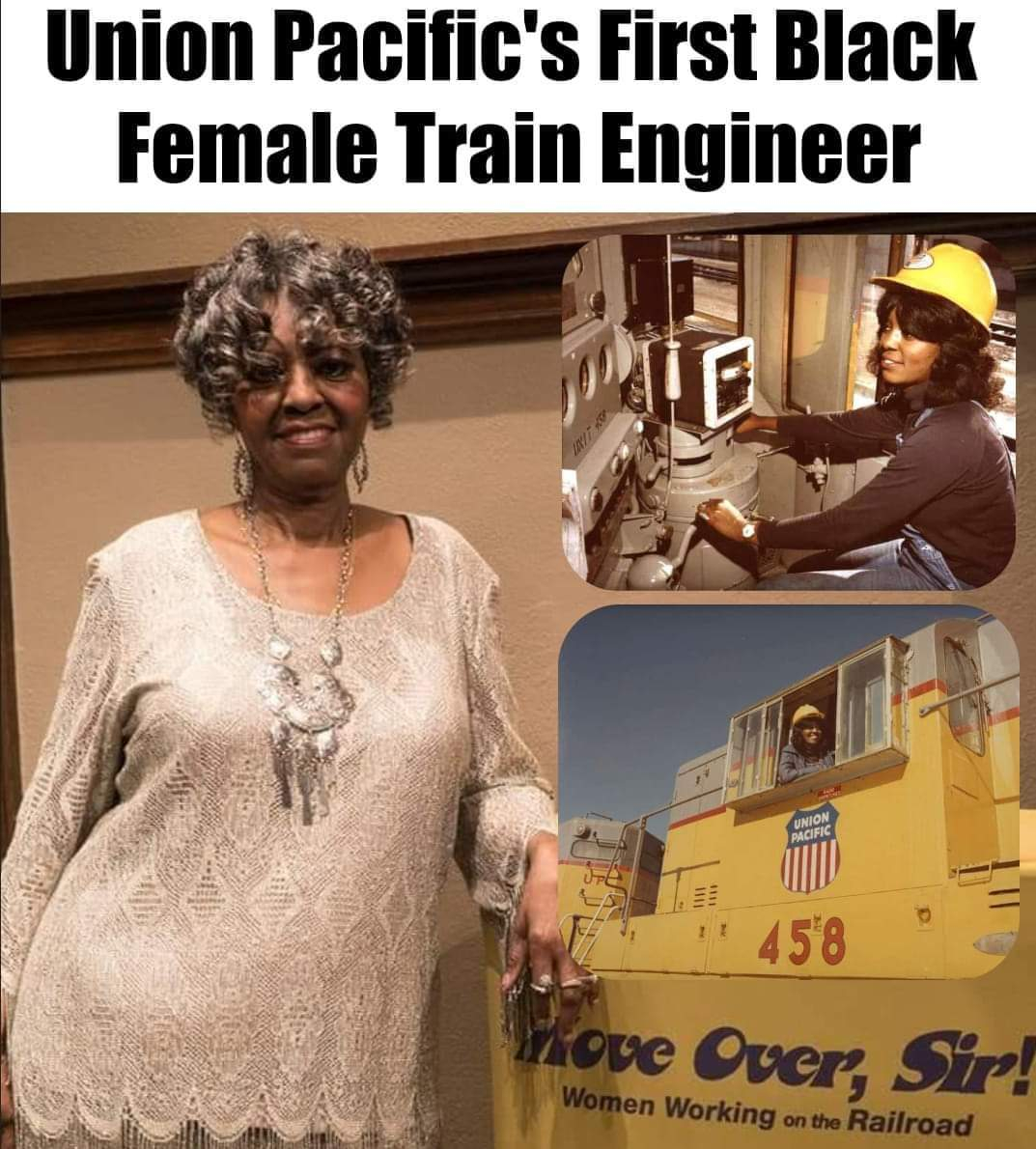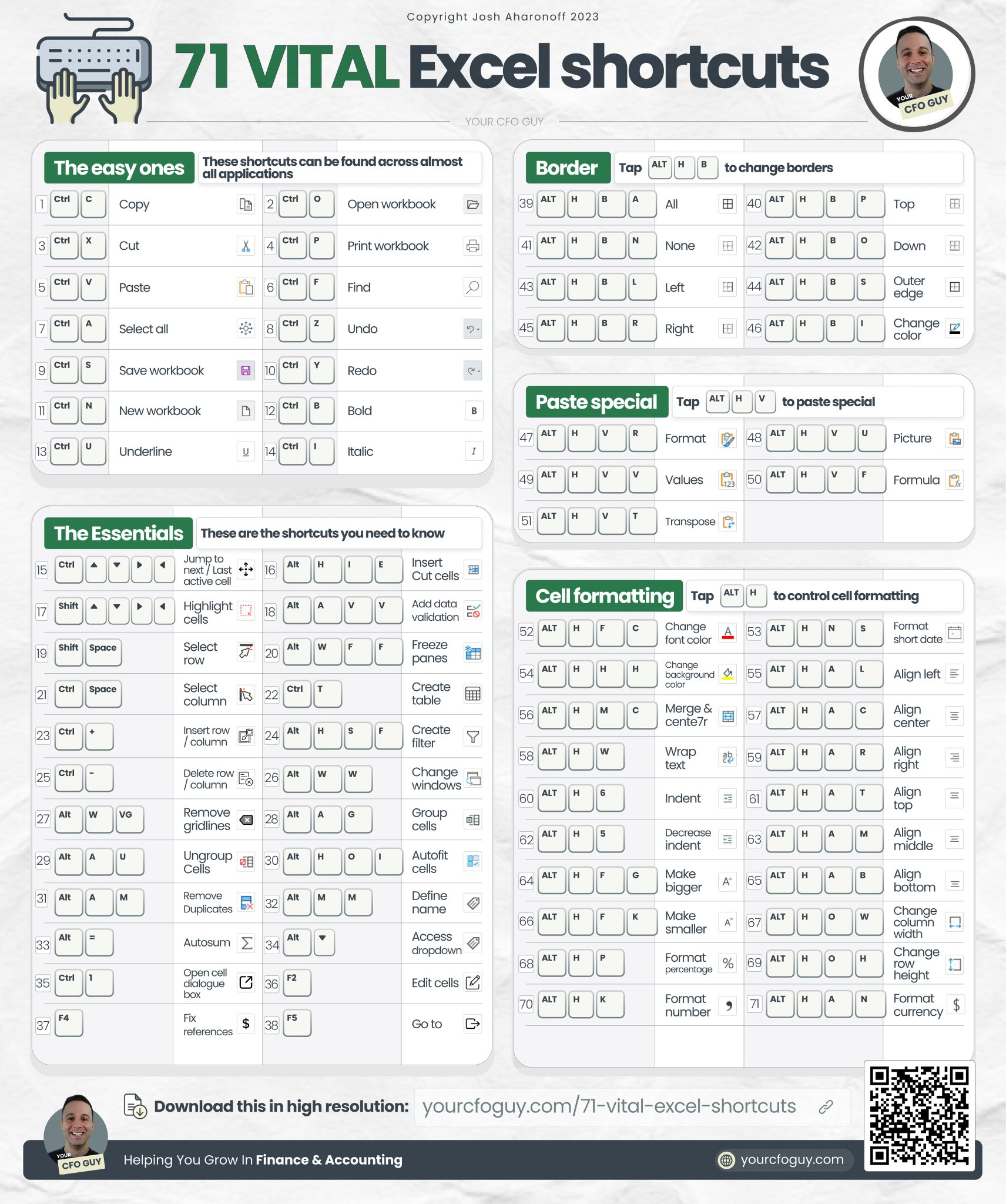These samples belong to the same soil type and have been in corn-bean rotation for over 20 years, but their treatment was very different!!!.
.
.
The land on the left has not been plowed or fertilized with anhydrous ammonia for more than 20 years and has benefited from a rye cover crop.
The land on the right was plowed annually and fertilized with anhydrous ammonia in the fall.
This photo was taken about 2 minutes after the samples were immersed in water.
The plowed land practically “exploded” as soon as it hit the water. Repeated plowing of the soil has destroyed its structure, removing interstitial space and the biological “glue” that helps hold the soil together, leading to its disintegration.
In contrast, with minimal soil disturbance, the no-tilled soil had excellent porosity and high biological activity, giving it a healthy structure that could withstand water shock.
In less than five minutes, the plowed land disappeared completely, while the unplowed land remained almost intact.
We wanted to see how long it would last and continued adding water (to compensate for evaporation) for several weeks.
We stopped after 6 weeks, during which time the no-till soil sample was still 95% intact.
Daily Factfinder
.
.
The land on the left has not been plowed or fertilized with anhydrous ammonia for more than 20 years and has benefited from a rye cover crop.
The land on the right was plowed annually and fertilized with anhydrous ammonia in the fall.
This photo was taken about 2 minutes after the samples were immersed in water.
The plowed land practically “exploded” as soon as it hit the water. Repeated plowing of the soil has destroyed its structure, removing interstitial space and the biological “glue” that helps hold the soil together, leading to its disintegration.
In contrast, with minimal soil disturbance, the no-tilled soil had excellent porosity and high biological activity, giving it a healthy structure that could withstand water shock.
In less than five minutes, the plowed land disappeared completely, while the unplowed land remained almost intact.
We wanted to see how long it would last and continued adding water (to compensate for evaporation) for several weeks.
We stopped after 6 weeks, during which time the no-till soil sample was still 95% intact.
Daily Factfinder
These samples belong to the same soil type and have been in corn-bean rotation for over 20 years, but their treatment was very different!!!.
.
.
The land on the left has not been plowed or fertilized with anhydrous ammonia for more than 20 years and has benefited from a rye cover crop.
The land on the right was plowed annually and fertilized with anhydrous ammonia in the fall.
This photo was taken about 2 minutes after the samples were immersed in water.
The plowed land practically “exploded” as soon as it hit the water. Repeated plowing of the soil has destroyed its structure, removing interstitial space and the biological “glue” that helps hold the soil together, leading to its disintegration.
In contrast, with minimal soil disturbance, the no-tilled soil had excellent porosity and high biological activity, giving it a healthy structure that could withstand water shock.
In less than five minutes, the plowed land disappeared completely, while the unplowed land remained almost intact.
We wanted to see how long it would last and continued adding water (to compensate for evaporation) for several weeks.
We stopped after 6 weeks, during which time the no-till soil sample was still 95% intact.
Daily Factfinder
0 Commentaires
0 Parts
304 Vue









